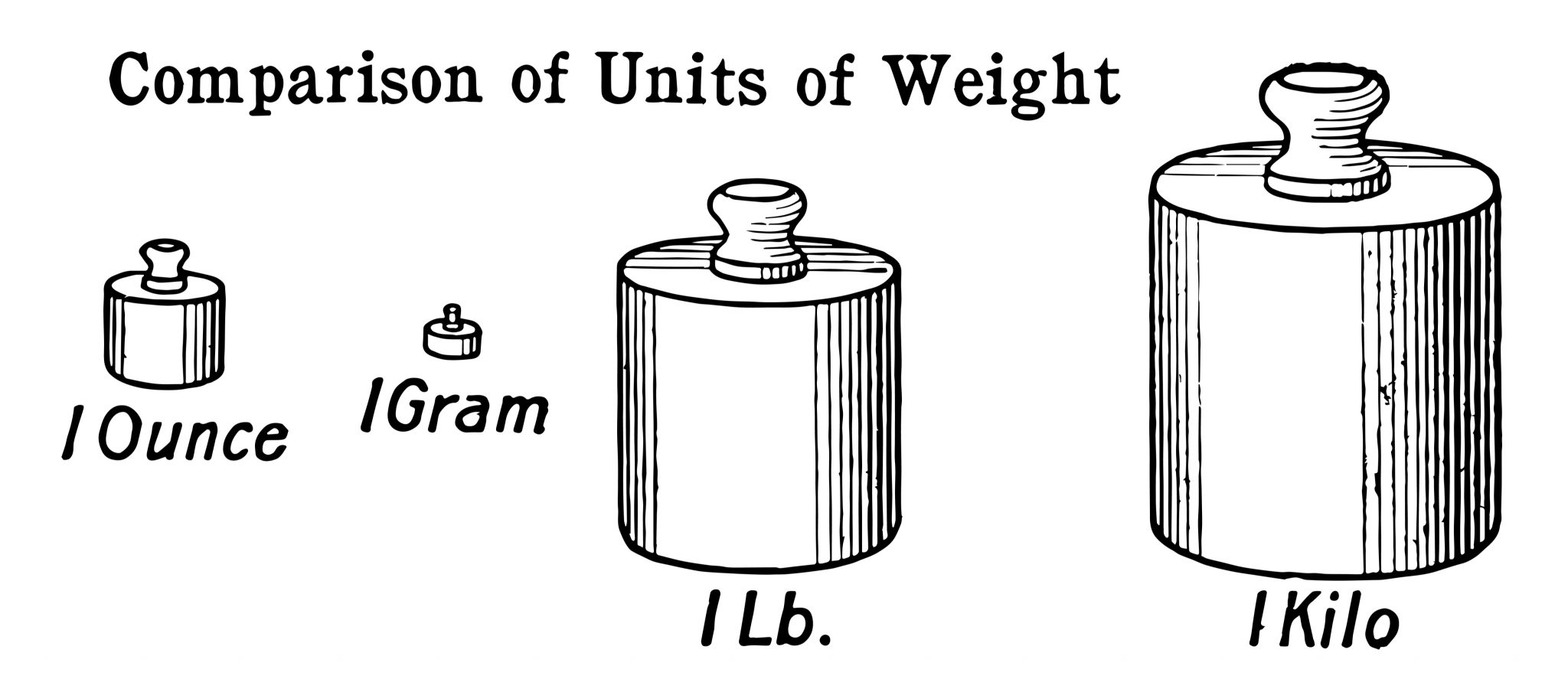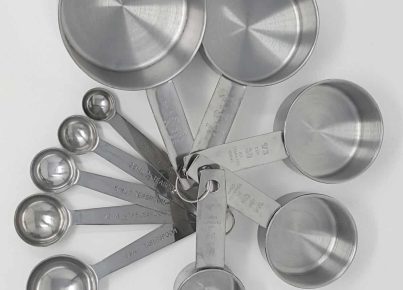Understanding the conversion between grams and ounces is essential for cooking, baking, shipping, jewelry valuation, medication dosing, and other everyday applications. This comprehensive guide explores the gram-to-ounce relationship, its variations across different contexts, and practical applications to help you master this important conversion.
The Basic Conversion: Grams to Ounces
In the standard (avoirdupois) weight system used in the United States for everyday measurements:
1 ounce (oz) = 28.34952 grams (g)
For most practical purposes, this is rounded to:
1 ounce = 28.35 grams
Therefore:
- To convert ounces to grams: multiply the number of ounces by 28.35
- To convert grams to ounces: divide the number of grams by 28.35
Common Gram-to-Ounce Conversions
| Grams | Ounces (Approximate) |
| 1g | 0.035 oz |
| 5g | 0.18 oz |
| 10g | 0.35 oz |
| 15g | 0.53 oz |
| 20g | 0.71 oz |
| 25g | 0.88 oz |
| 28.35g | 1 oz |
| 50g | 1.76 oz |
| 100g | 3.53 oz |
| 250g | 8.82 oz |
| 500g | 17.64 oz |
| 1000g (1kg) | 35.27 oz |
Different Types of Ounces
It’s important to note that there are different types of ounces in use, which can cause confusion:
- Avoirdupois Ounce
- The standard ounce used in the United States for everyday weight measurements
- 1 avoirdupois ounce = 28.35 grams
- Used for food, postal services, and general weighing
- Troy Ounce
- Used specifically for precious metals like gold, silver, and platinum
- 1 troy ounce = 31.1035 grams
- Approximately 10% heavier than an avoirdupois ounce
- When people discuss the price of gold “per ounce,” they’re referring to troy ounces
- Fluid Ounce
- Measures volume, not weight
- Cannot be directly converted to grams without knowing the density of the substance
- 1 fluid ounce of water weighs approximately 29.57 grams
- Other substances will have different weight-to-volume ratios
Practical Applications of the Gram-to-Ounce Conversion
- Cooking and Baking
The gram-to-ounce conversion is particularly important in the kitchen:
- Following International Recipes: American recipes typically use ounces, while recipes from most other countries use grams. Understanding the conversion allows you to follow recipes from around the world.
- Baking Precision: Baking requires more precise measurements than cooking. Professional bakers often prefer measuring in grams for greater accuracy.
- Coffee and Tea: Coffee enthusiasts measure beans in grams for consistent brewing (typically 7-21 grams per cup depending on brewing method).
- Nutrition Information: Food labels list serving sizes and nutritional content in both grams and ounces in the United States.
- Postal and Shipping Services
Shipping rates are often determined by weight:
- International Shipping: While the U.S. uses ounces domestically, international shipping often requires weights in grams or kilograms.
- Postage Calculation: Understanding that a standard letter weighing 1 ounce (28.35 grams) or less qualifies for first-class postage in the U.S. helps in selecting the correct postage.
- Package Restrictions: Both domestic and international shipping have weight restrictions that may be listed in different units, requiring conversion.
- Jewelry and Precious Metals
The gram-to-troy ounce conversion is crucial in this industry:
- Gold and Silver Pricing: Precious metals are priced per troy ounce in the market.
- Jewelry Weight: Jewelry pieces are often weighed in grams, but their value may be calculated based on the troy ounce price of the metal.
- Investment Planning: Investors in precious metals need to understand the difference between troy ounces and regular ounces to accurately assess their investments.
- Pharmaceuticals and Medication
Medication dosing often involves precise weight measurements:
- Prescription Medications: Pharmacists may work with measurements in both systems.
- Over-the-Counter Medications: Different brands may list active ingredients in different units.
- Research and Development: Pharmaceutical research uses the metric system (grams) for consistency and precision.
- Cannabis Products (Where Legal)
In regions where cannabis is legal:
- Purchase Limits: Regulations often specify purchase limits in both grams and ounces.
- Common Quantities: Cannabis is commonly sold in increments like 1/8 ounce (3.5 grams), 1/4 ounce (7 grams), or 1 ounce (28.35 grams).
- Dosing: Medical cannabis dosing recommendations may use either unit of measurement.
Historical Context of Grams and Ounces
The gram and ounce have different historical origins:
- The Gram was defined during the French Revolution as part of the metric system. Originally, it was defined as the weight of one cubic centimeter of water at 4°C (its maximum density).
- The Ounce has ancient origins, with variations used by the Romans, Greeks, and other civilizations. The word “ounce” comes from the Latin “uncia,” meaning “one-twelfth,” as the Roman pound was divided into 12 unciae.
The United States is one of the few countries that still commonly uses ounces for everyday measurements, while most of the world has adopted the metric system and uses grams.
Digital Conversion Tools
Several digital tools can help with gram-to-ounce conversions:
- Kitchen Scales: Modern digital kitchen scales can toggle between grams and ounces with the push of a button.
- Smartphone Apps: Numerous free conversion apps provide instant gram-to-ounce calculations.
- Voice Assistants: Smart speakers can perform conversions through voice commands.
- Online Calculators: Many websites offer free conversion calculators for various units, including grams and ounces.
The Metric System vs. Imperial/U.S. Customary System
The gram-ounce conversion represents a small part of the larger distinction between measurement systems:
Metric System (Used in most countries):
- Based on powers of 10, making conversions simpler
- The gram is the basic unit of mass
- Larger masses measured in kilograms (1,000 grams)
- Smaller masses measured in milligrams (1/1,000 of a gram)
Imperial/U.S. Customary System:
- Uses more complex conversion factors
- The pound is the basic unit (16 ounces)
- Larger masses measured in tons (2,000 pounds)
- Smaller masses measured in ounces, drams, and grains
Tips for Remembering the Conversion
If you frequently need to convert between grams and ounces, these memory aids might help:
- Approximation Method: Remember that 1 ounce is approximately 28 grams, or slightly less than 30 grams.
- Quarter Conversion: An ounce is about 28 grams, and a quarter (25 cents) weighs about 5.7 grams, so 5 quarters weigh approximately 1 ounce.
- Rule of 100: 100 grams is approximately 3.5 ounces. This helps with quick mental conversions of larger weights.
Conclusion
Understanding that 1 ounce equals approximately 28.35 grams provides a foundation for navigating between metric and imperial measurement systems. Whether you’re cooking a complicated recipe, shipping a package internationally, valuing jewelry, or measuring medication, mastering this conversion opens doors to greater precision and understanding across different contexts.
The complexities introduced by different types of ounces—particularly the distinction between avoirdupois and troy ounces—highlight the importance of knowing which system is being used in a particular context. With practice, converting between grams and ounces becomes second nature, allowing you to move seamlessly between measurement systems in your daily life.





